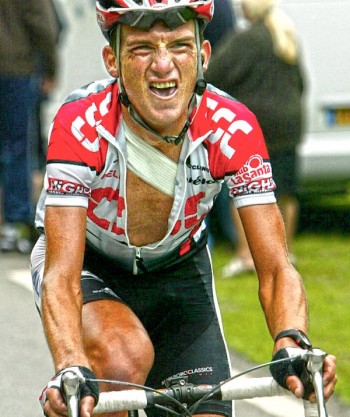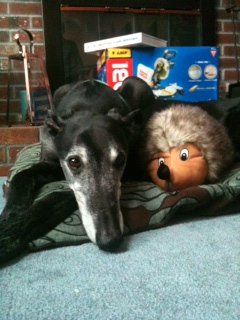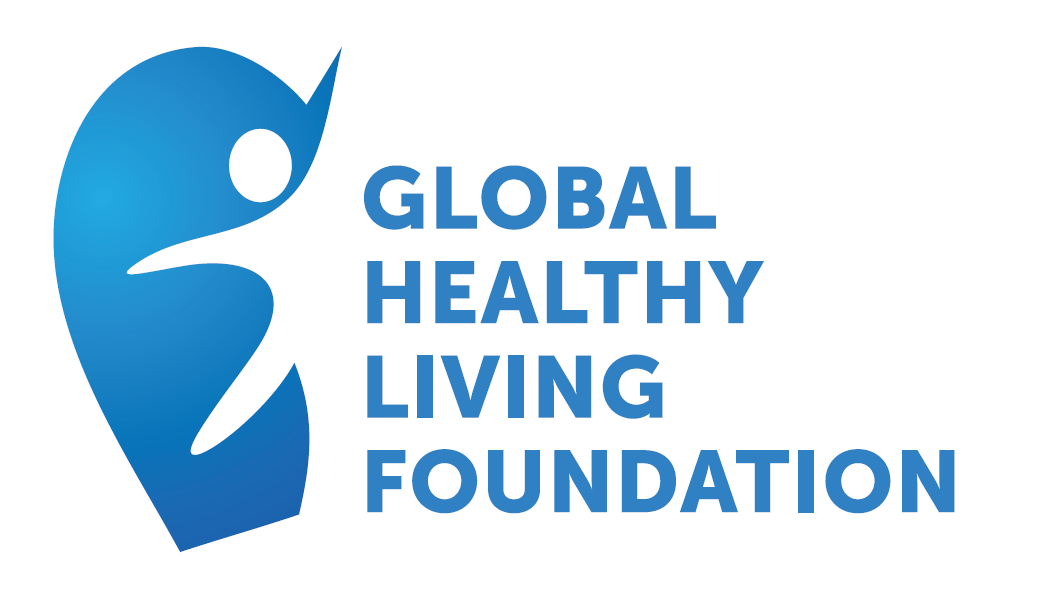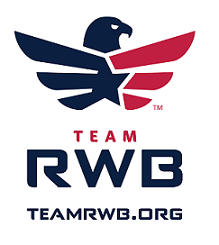“We must all suffer one of two things: the pain of discipline or the pain of regret or disappointment.” — Jim Rohn

CSC team rider Tyler Hamilton with fractured collarbone - REUTERS/Vincent Kessler
In 2002, an American cyclist riding for the Danish CSC team finishes second in the Giro d’Italia, making him the third American to ever place in that tour’s top three. This feat was a great accomplishment in itself but more remarkable that he did so despite fracturing his shoulder early in the race. It was later discovered that his pain was so agonizing that he persistently ground his teeth together throughout the rest of the race, requiring eleven of them to be capped after the season. This renowned cyclist was Tyler Hamilton. Although his recent confession to taking performance enhancing drugs and accusing seven-time Tour de France winner American Lance Armstrong has been controversial, Tyler’s ability to manage pain was surreal.
Tyler is one of the many athletes who know pain all too well. Pain is required to achieve greatness in any sport, especially endurance sports, as an athlete has to overcome many different kinds of pain to push over a threshold of discomfort. Athletic pain comes in different forms.
First, it can be psychological. Often this is when a person feels sad, regretful, or has other destructive emotions that can be caused from a either a chemical imbalance or as a result of a bad decision. For an athlete, psychological pain could also come from not placing or performing as expected.
The second form of pain is from physical sensations, either originating from the firing of nerves and synapses caused by an injury or result from exhaustion. The later being the most bizarre type of pain because we knowingly inflict it upon ourselves.
Even so, the mind is a powerful tool that can overcome all these sensations, by mental focus, to push on and make the body go, when it is obviously saying no.
Almost every day as a triathlete, I go into my practices knowing that eventually I am going to come face-to-face with pain, and even more so when I race with the goal to push my body to its max. By training smart we slowly teach the body to resist pain and delay its reaction to pain as long as possible. However, no matter how hard we train, our tolerance will never meet perfection, since when once one pain threshold is overcome, there will always be a new one on the horizon. You can think of it more like a direction than a destination, much like success.
So why do I, and other endurance athletes, put our body through that torture? Why do we as humans behave differently from all the other animals on the planet and not pursue only the things that bring pleasure? We even go so far to train certain dogs and horses to do the same. Otherwise, they would be spending their time peeing on fire hydrants or eating bales of hay.

Neil: Resting up before his daily sprints
Take my triathlon coach Tim Crowley’s dog, Neil, for instance. Neil is a rescued greyhound. One of the gentlest, sweetest, and calmest dogs you will ever meet. Well, calm most of the time. One moment Neil will be lying down on the carpet resting like a rock, the next he is up, full of energy, and eager to get out of the house to do his sprints. That’s right, a dog that does his own exercise, and gym teachers have a hard enough time to get a gym class to take a lap. Once outside, Neil does what he does best or what we have taught him to do best, anyway. He’ll take off running, back and forth, racing over 40 mph, until he exhausts himself. It is almost like it is a necessity, having to deplete his body and run as fast as lightning. The process has become part of who he is, even though even though he only has to be a lazy house dog now.
As Neil may have shown us, by becoming well acquainted with pain, it is quite possible you’ll get hooked and not able to live without it. That’s the way I feel anyway. Most people have to find time or the motivation to go workout or exercise. It is the norm. I have to consciously find a way not to do it. Just like Neil, training is a necessity, just like eating and sleeping. People ask me all the time, why do you swim, bike, or run so much?–You are crazy! My question to them in the back of my mind is always, “why do you exercise so little?”
I would like to thank my coach, Tim Crowley, and his family for allowing me to be a part of their family. Oh and Neil for not running into me at full speed. This is a three part series, please tune back in for Part 2: Pain Management – Be Smarter, not Harder.













